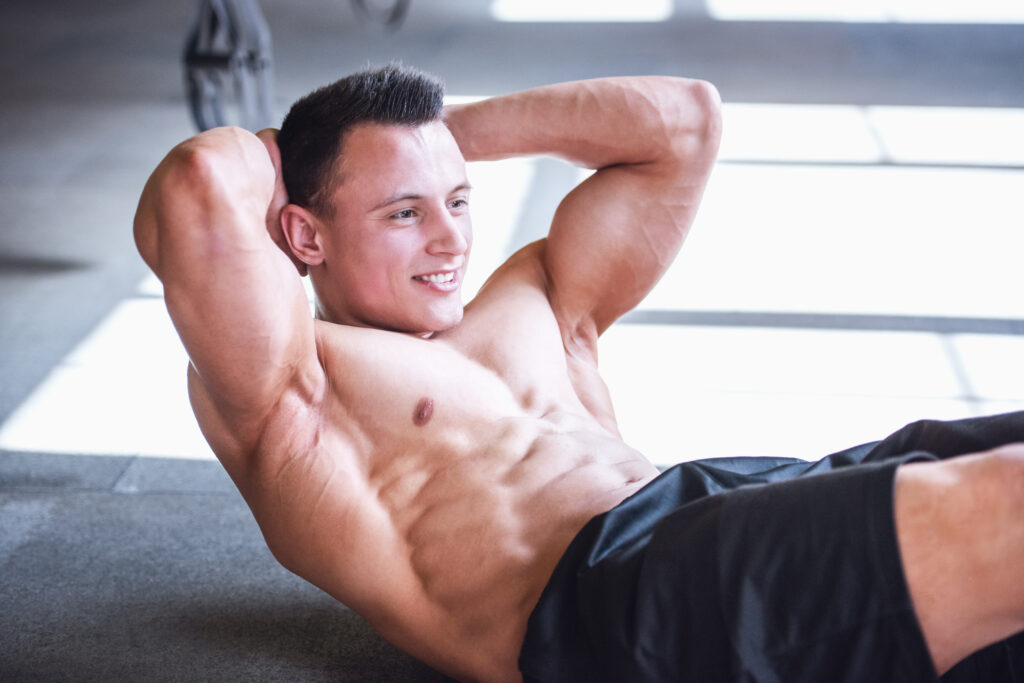Training your abdominals, just like training any other muscle, can lead to hypertrophy or an increase in the muscle size. However, whether this leads to a “blocky” appearance depends on several factors, including genetics, the type of exercises you do, and the intensity and volume of your training.
The rectus abdominis is the muscle we often associate with the six-pack. When this muscle is developed and you have low body fat, it can give you a more defined and chiseled look. Regular abdominal exercises like crunches, leg raises, and planks target this muscle, helping to tone and define it.
On the other hand, the muscles at the side of the waist, known as the obliques, can contribute to a wider appearance if they are heavily developed. Some exercises, like side crunches or heavy side bends, target the obliques and can lead to their hypertrophy. For individuals who are concerned about widening their waist, it’s essential to monitor the volume and type of oblique exercises they include in their routine.
That being said, genetics play a pivotal role in how your muscles develop and where your body stores fat. Some people naturally have wider waists or more prominent oblique muscles, and some might have a more tapered waist regardless of their abdominal training.
While training the abdominals can lead to muscle growth, it doesn’t necessarily result in a blocky waist for everyone. Achieving a chiseled six-pack mostly requires reducing body fat to reveal the underlying muscles. However, if you’re concerned about the appearance of your waist, be mindful of exercises that heavily target the obliques and always tailor your workout to your specific goals and genetic predispositions. Remember, everyone’s body is unique, and what works for one person might not work for another. It’s essential to find the balance that’s right for you.

